The testing completed in October 2022 demonstrated improvements in both durability and system effectiveness from previous testing.
“The Army is very pleased with the improved performance of this system,” said Maj. Gen. Glenn Dean, the Army’s program executive officer for Ground Combat Systems. “The software improvements since 2018 are more consistent and stable. We see continued future growth opportunities for the system, but this active protection system better protects our soldiers and vehicles on the battlefield.”
The system tested would make the Bradley significantly more survivable against threats such as rocket propelled grenades and anti-tank guided missiles that have been demonstrated to be so lethal in Ukraine.
The Iron Fist system consists of optical sensors, radar, and lightweight explosive projectile interceptors that counter-launch toward an incoming airborne threat, such as a missile. The projectile explodes near the threat and away from the vehicle, deterring or defeating the threat, while minimizing explosion damage to the vehicle and the soldiers.
The Iron Fist system is designed to protect armored and light armored platforms. Due to its light weight, the Army potentially could equip a full range of ground combat vehicles, including upgrading legacy ground vehicle platforms previously constrained by size, weight, and power.
In 2016, the Army chose to test the Iron Fist Lightweight Decoupled System to protect its medium- and light-armored vehicles. Initial testing in 2018 was to validate the vendor’s (General Dynamics and Elbit Systems, Inc.) performance claims. Congress provided additional funding in fiscal year 2022, toward the goal of equipping an entire Army brigade of Bradley vehicles in 2025 with continued funding.
An integrated active protection system is being considered with the development of the Army’s Optionally Manned Fighting Vehicle, slated to replace the Bradley in coming years. OMFV is the US Army’s first ground combat vehicle designed using modern digital engineering tools and techniques, with prototype testing expected in 2026.
Source: US Army.



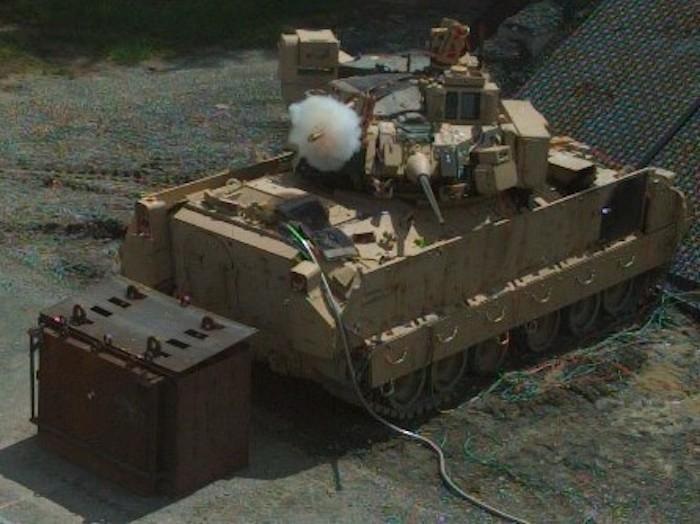
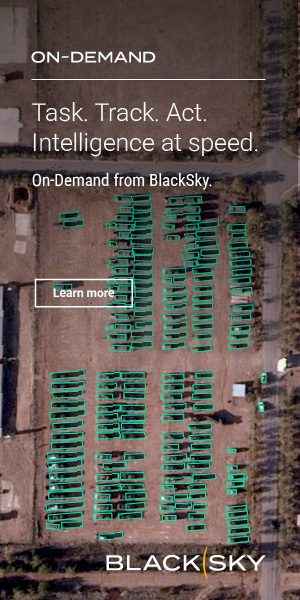



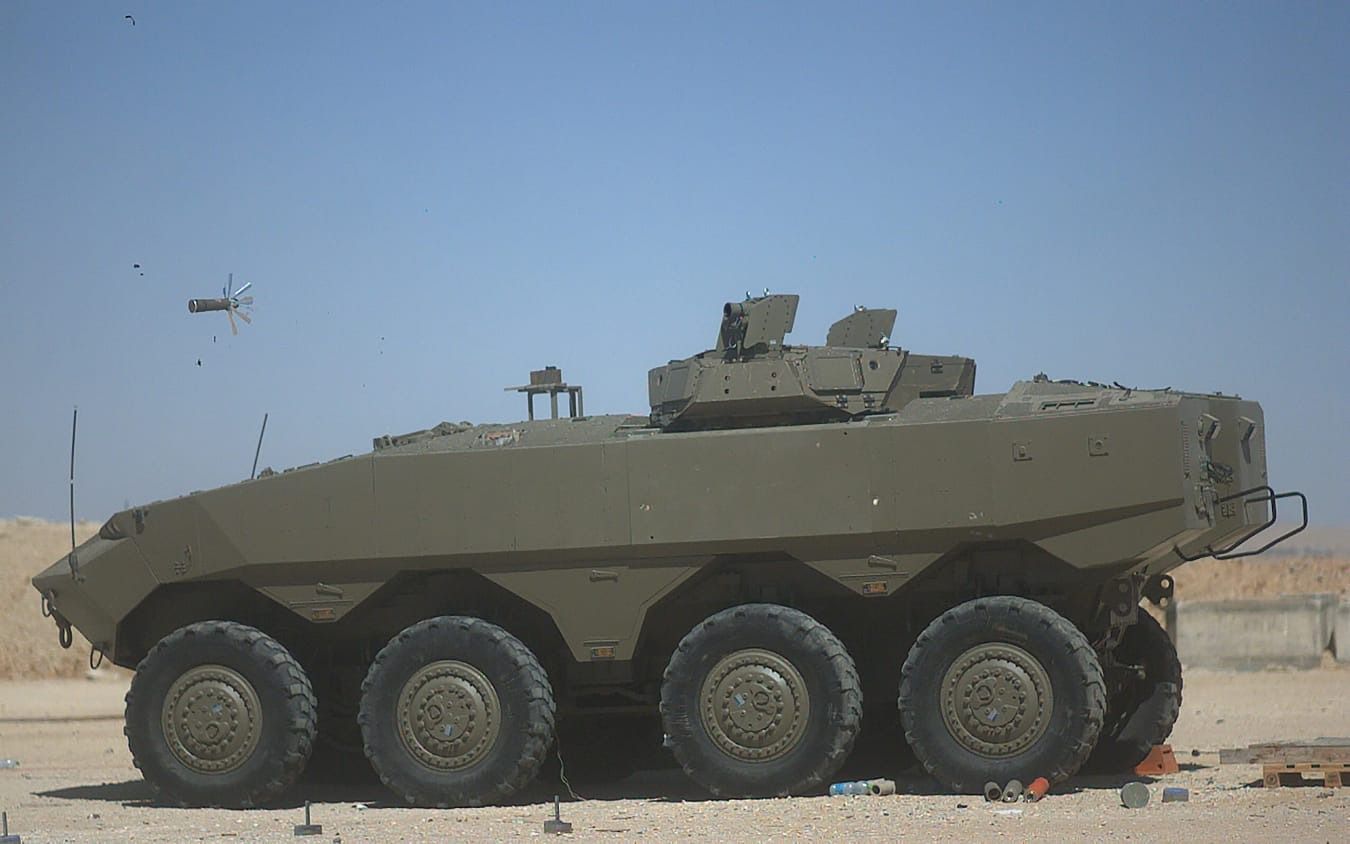
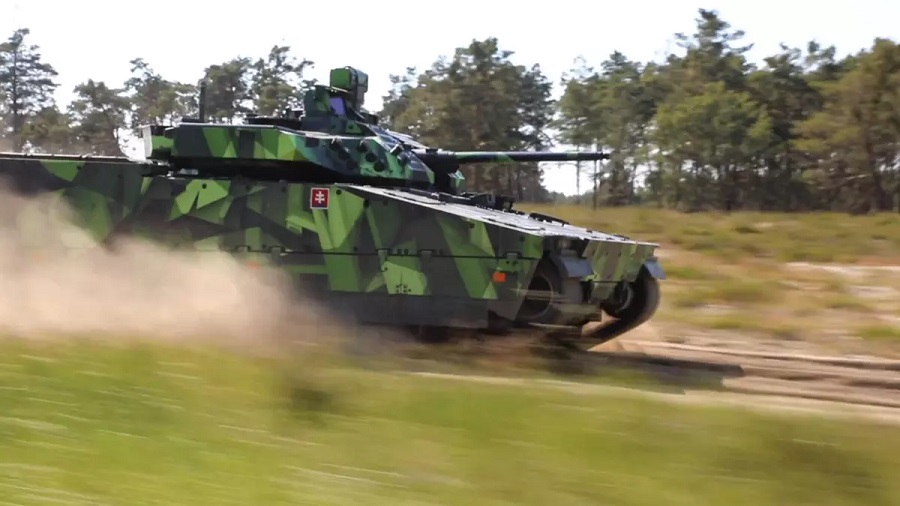
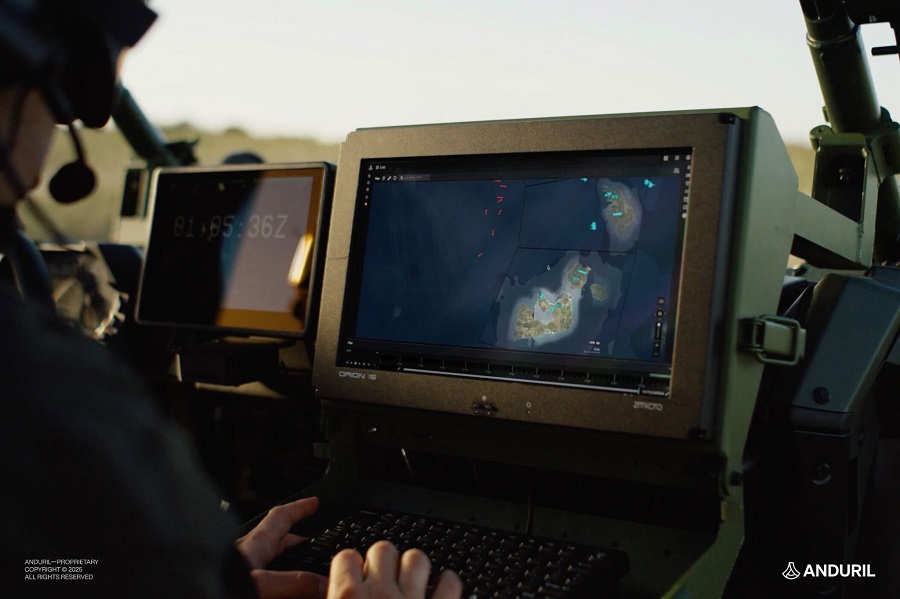



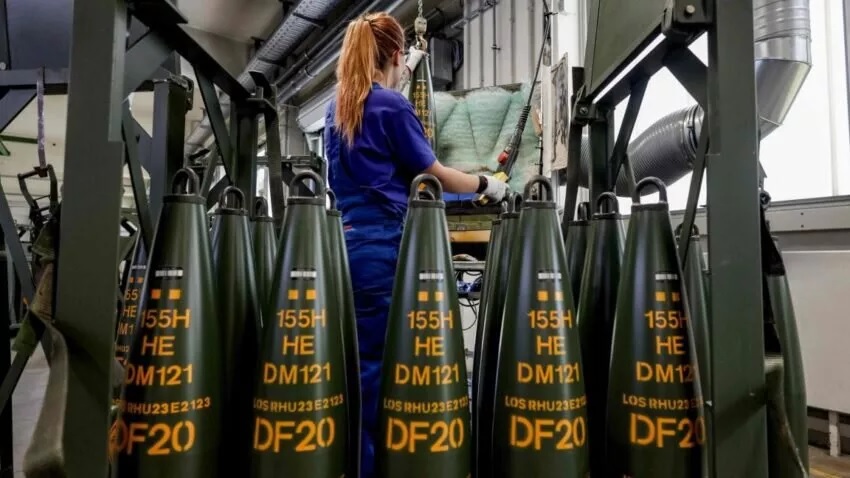
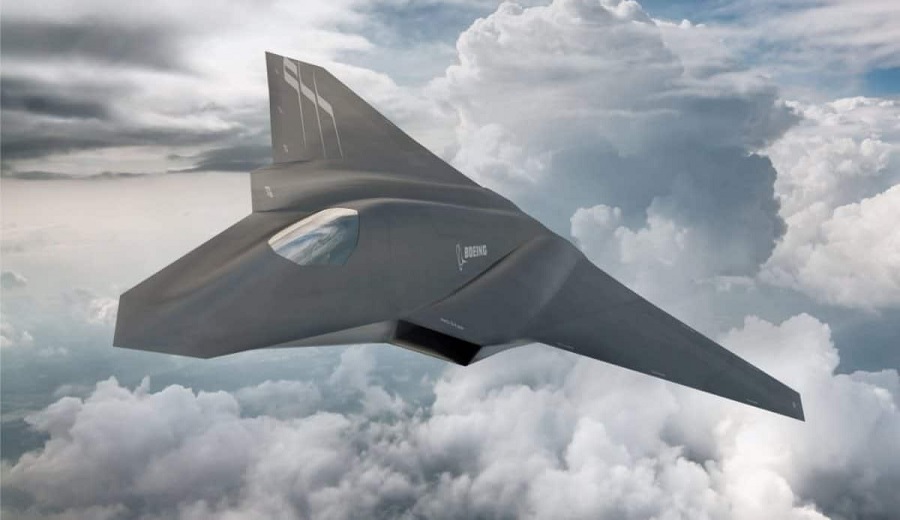


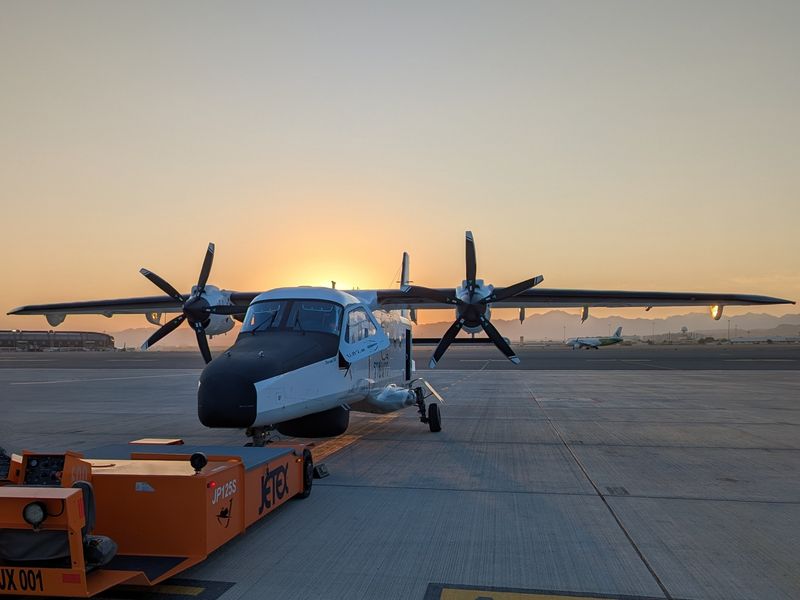
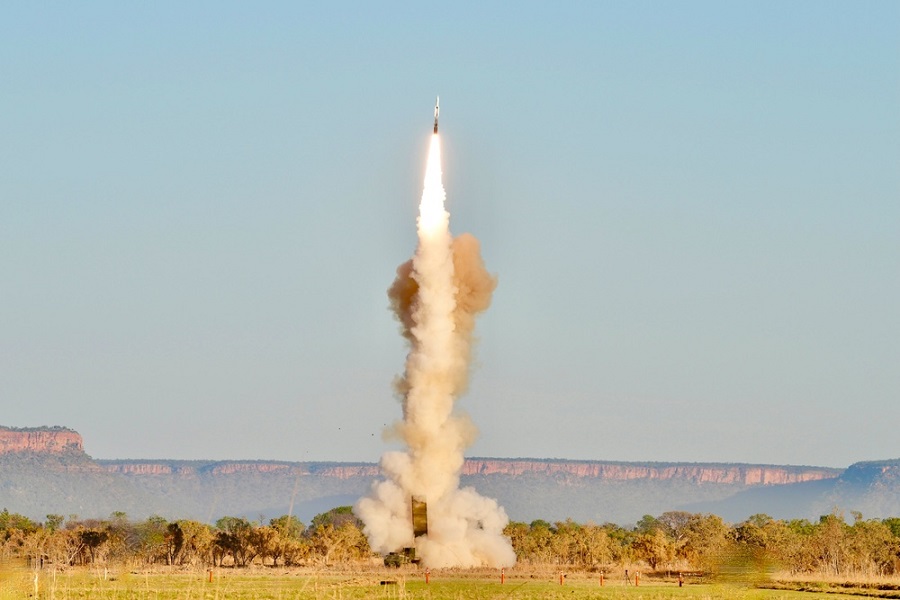
![NASA’s X-59 supersonic aircraft begins taxi tests ahead of first flight [VIDEO]](https://defence-industry.eu/wp-content/uploads/2025/07/NASAs-X-59-supersonic-aircraft-begins-taxi-tests-ahead-of-first-flight-VIDEO.jpg)
![Europeans must get real about defence [OPINION]](https://defence-industry.eu/wp-content/uploads/2025/04/Babcock-awarded-UK-MOD-contract-to-boost-Ukraines-frontline-with-3D-printing-technology.jpg)

